Debra Prinzing: Recipe for a Successful Field to Vase Dinner
Today is a great day at BB as we welcome a very special guest…Seattle-based writer, speaker and leading advocate for American grown flowers, Debra Prinzing. What an honor! We invited Debra to stop by and share her insights into what has made the Field to Vase Dinner Tour wildly successful. And, we were thrilled when she also offered to give us a glimpse into the most recent F2V Dinner in Texas. Enjoy…
Through Slowflowers.com, I’ve enjoyed a front row seat as a co-host and sponsor of the Field to Vase Dinner Tour. This series of private, intimate, must-attend gatherings places seasonal, local and sustainable American Grown flowers at the center of the table where equally local and seasonal food is served. A program of the Certified American Grown campaign and modeled after popular farm-to- table dinners around the country, these experiences go far beyond eating a delicious artisanal menu.
Guests are drawn to the F2V Dinners for the unique venue — an American flower farm — where they experience the age-old art and science of flower farming. They meet the flower farmer, tour the fields and greenhouses, dine among gorgeous local and seasonal blooms arranged by talented floral designers and leave with all their senses fed. Oh, and did I mention that everyone also takes home a bouquet of American-grown flowers?
In its second year as a national event, the Field to Vase Dinner Tour has traveled from coast to coast and to destinations between – from the Midwest to the Rocky Mountains. Most recently, the F2V Dinner took place in Blanco, Texas, west of Austin. Called Texas’s Hill Country, the setting was magnificent, with the expansive skies as vivid as the charming blue barn at Texas Specialty Cut Flowers.
Our hosts, Pamela and Frank Arnosky (pictured below), are seasoned flower farmers who I first met in Lynn Byczynski’s wonderful reference book The Flower Farmer, originally published in 1997 and reissued with new bonus content in 2008. Lynn profiled the Arnosky family’s beginnings as growers of bedding plants and poinsettias in Blanco, before they added cut flowers in the early 1990s. Those flower crops were intended for a farmers’ market that never materialized, so Pam and Frank filled their truck with blooms, drove to Austin and started knocking on the doors of flower retailers. “People were falling all over when they saw the stuff,” Frank said in the interview with Lynn. “That took us by surprise; we really hadn’t known what to expect.”
Here we are, 25 years later, and the Arnoskys are still viewed by many in the specialty cut flower world as the model family farm. And boy, do they know how to throw a party! There is nothing cookie-cutter about the F2V dining experience because each destination focuses on the people, places and flowers unique to that region. However, I’ve discovered that there are some essential ingredients that add up to a successful flower farm dinner. Read on to learn the recipe:
Choose a Great Venue — an American Flower Farm
Who wouldn’t want to visit a flower farm where acres of blooms surround the dinner table? Location matters for many reasons, but the primary one is that most of us do not have ready access to a flower farm that grows annuals, perennials, foliages and herbs beloved by designers and consumers alike. Dinners have taken place in fields, in greenhouses, on rooftop farms, in urban settings and in rural places. Each is beautiful in its own way and each makes an important connection between the field and the vase. Flower Farms apply to a selection process as much as two years in advance to be considered as Field to Vase Dinner hosts. Those selected are Certified American Grown Farms (click here to read about this important farm-branding program). At each dinner, the host farmers lead guests on a pre-dinner tour through the flowers, sharing their personal stories and answering questions.
Take Inspiration from the Setting and Place
Working with the Field to Vase Dinner Tour event planner Kathleen Williford, herself a floral designer, the flower farmer and guest florist create a theme inspired by the key flower crops, the setting or the geography of the farm. For example, the inaugural 2015 dinner was held inside an orchid greenhouse and Santa Barbara-based designer Margaret Lloyd of Margaret Joan Florals was moved to fill the vases with lavish sprays of cymbidiums — making a big impact from one end of the table to the other. The LA-based team of Kit Wertz and Casey Schwartz of Flower Duet referenced the undulating Pacific Ocean seen in the distance, as well as color-blocked ranunculus fields, in their tablescape for the F2V Dinner held at The Flower Fields in Carlsbad, California earlier this year. At the Arnosky farm in Blanco, HEB Blooms designer Erin Esensee (below) and her team took inspiration from Texas wildflowers growing around the bases of fence posts, which was recreated with burlap-wrapped poles surrounded with flowers.
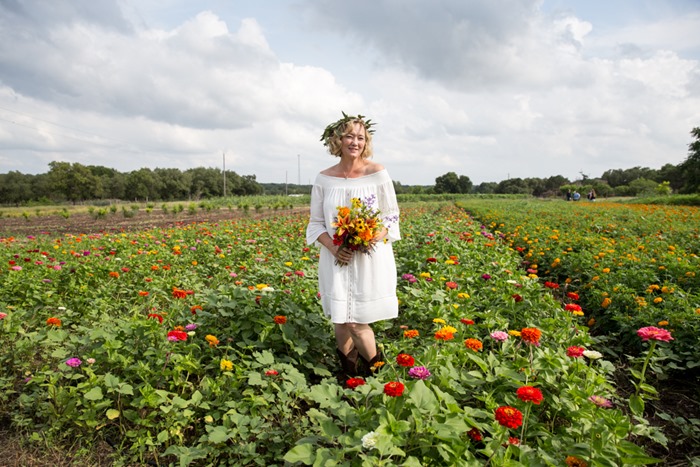
Design and Celebrate with Local and Seasonal Flowers
Flowers are the essence of the experience, heightening each guest’s awareness that the centerpieces are uber-local, of the moment, fresh and bountiful, not to mention grown and designed by real people. The Field to Vase Dinner florals and tablescape are often designed by members of the Slow Flowers community, including florists, the host farm’s staff or their customers. During cocktail hour, the florist presents a short design demonstration, ensuring that when guests leave with a parting gift of flowers, they’re taking home newfound confidence to design themselves, not to mention try their hands at a professional trick or technique.
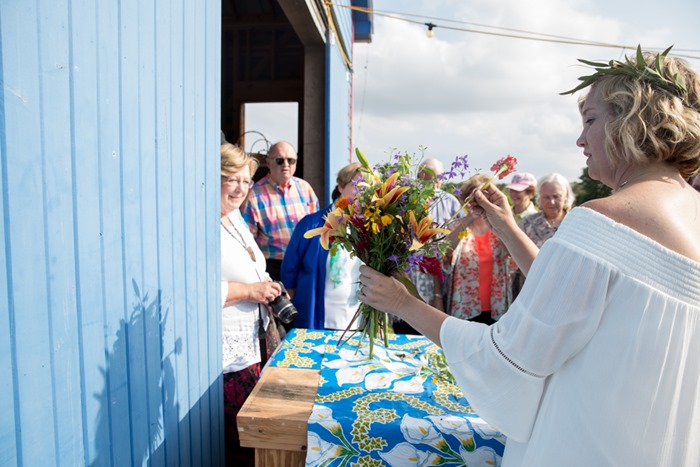
Add Great Local Food and Fare
Invited chefs share the Slow Food philosophy and ethos, meaning that each plans and prepares a seasonal menu showcasing local agriculture at its best. The F2V Dinner menus are flavorful and inventive, designed to serve to 150 people. That’s a tall order, one that is executed by the professionals working in an on-site, pop-up kitchen. Four courses ensure that every guest is nourished and satisfied, beginning with passed hors d’oeuvres during the cocktail hour, to platters of vegetables, salads, grains and entrees served family-style, to a sweet footnote with dessert’s final bite. Local wine and beer hold up their end of the bargain by satisfying palates all evening long.
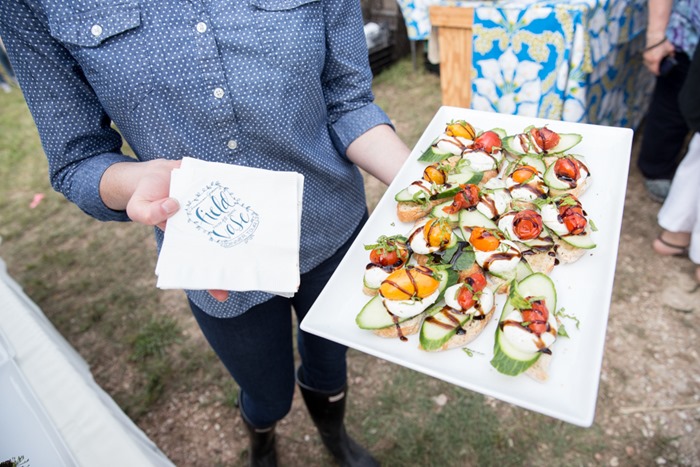
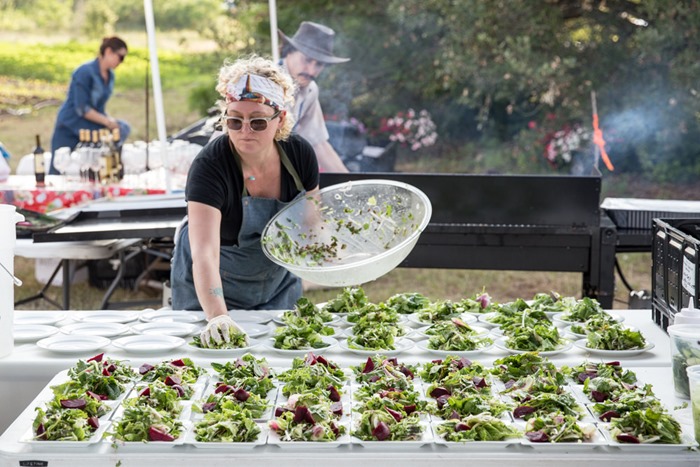
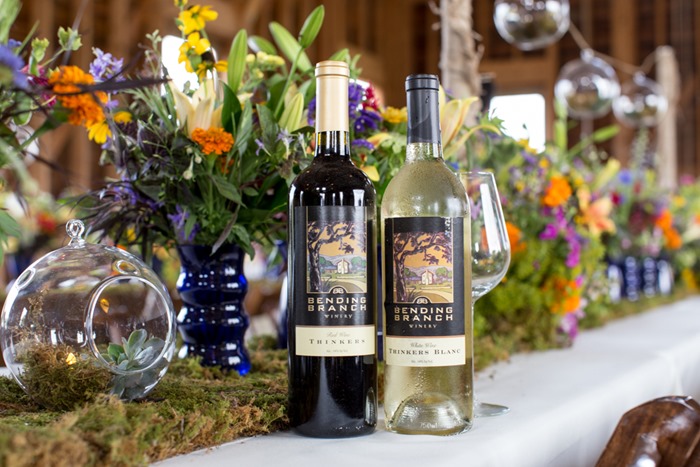
Season the Evening with Conversation, Laughter and Friendship
The Field to Vase Dinner Tour is special for many reasons. Beyond the flowers, fields and food, there are the lasting connections made with fellow guests. Family-style eating stimulates conversations and conviviality. By evening’s end, the stranger seated next to or across from you soon becomes a kindred spirit. On most occasions, I leave with a new friend who I’ve “friended” on Social Media. Speaking of Social Media, the F2V Dinners are excellent venues for tweeting, hash-tagging and sharing images, impressions and videos that live on far longer than the event itself. To see some of the thousands of posts, look for #f2v, #fieldtovasedinnertour and #americangrown.
There are four more flower-and- food venues scheduled for 2016 so if you’d like to experience “a feast among the flora” as The Wall St. Journal has called the Field to Vase Dinner Tour, check out the lineup here. Planning for 2017 is already underway, including the first Alaska F2V Dinner scheduled for July 29, 2017 at Scenic Place Peonies in Homer. Want to get involved? Visit this link.
About the origins of this Dinner Tour Series:
The format originated with a communal dinner produced by the California Cut Flower Commission in 2013. As a kickoff for the Monterey Bay Greenhouse Tour, event planner Kathleen Williford envisioned a farm-style meal with local food and wine, set inside a greenhouse filled with flowers. About 40 people attended and the conversation centered around the floral industry’s changing sentiment toward local, seasonal and sustainable flowers. I was invited to design the centerpieces and it was a thorough delight to work with flowers grown by Kitayama Brothers, the host farm in Watsonville, California, as well as blooms and foliage from participating farms nearby. It was fitting that we used Kathleen’s amazing vintage collection of American-made McCoy pottery – American vases for American flowers. Twinkling lights hung overhead. The chef shared her vision for sourcing food ingredients in-season, from Monterey Bay area farms. The attendees – members of the media, flower farmers, floral designers and civic leaders – engaged in discussions about floral agriculture in a new way. Everyone went home with a newfound attitude about what is possible when American-grown flowers are included in the conversation about sourcing practices. It was as if Slow Food opened its arms and embraced Slow Flowers as an equal partner. Similar dinners followed in Oregon and at other California venues, and by 2015, the Certified American Grown campaign announced its first 10-city Field to Vase Dinner Tour.
_____________________________________________________
Thanks so stopping by, Debra! We appreciate all you do for the flower community!
Leave a Reply
Share your Thoughts:
Subscribe and stay connected
This site may contain copyrighted material the use of which has not always been specifically authorized by the copyright owner. It is being made available in an effort to provide educational information about all things related to floral design and production. It is believed that this constitutes a 'fair use' of any such copyrighted material as provided for in section 107 of the US Copyright Law. In accordance with Title 17 U.S.C. Section 107, the material on this site is available for viewing without profit to those who have an interest in reading or viewing the website information for educational purposes. If you wish to use copyrighted material from this site for purposes of your own that go beyond 'fair use', you must obtain permission from the copyright owner. If your copyrighted material appears on this web site and you disagree with our assessment that it constitutes "fair use," please contact us and we will remove it from our site.

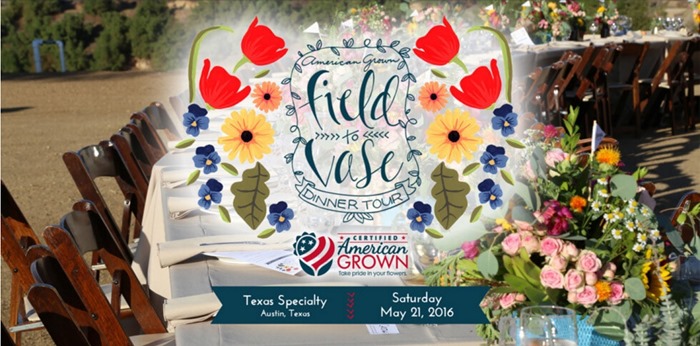
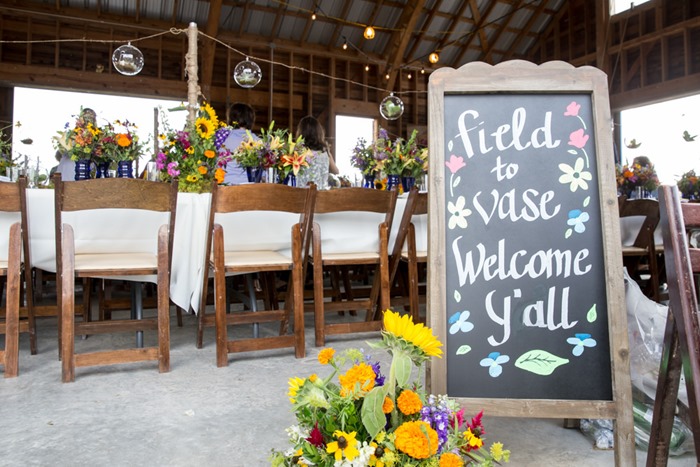
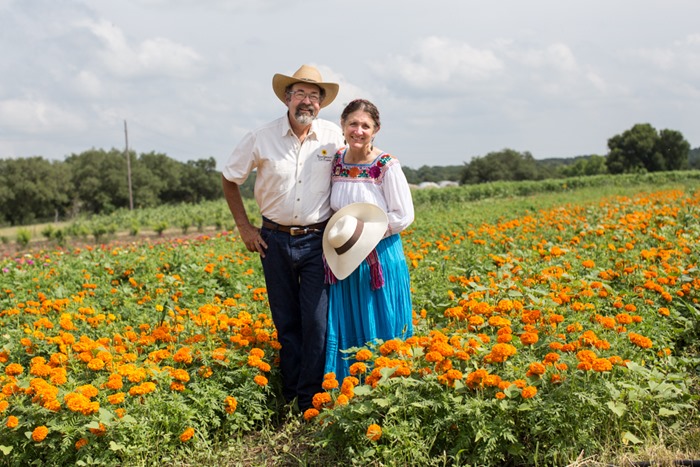
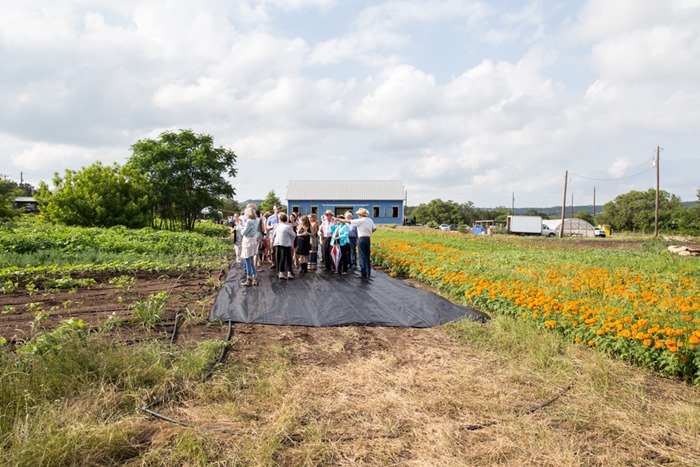
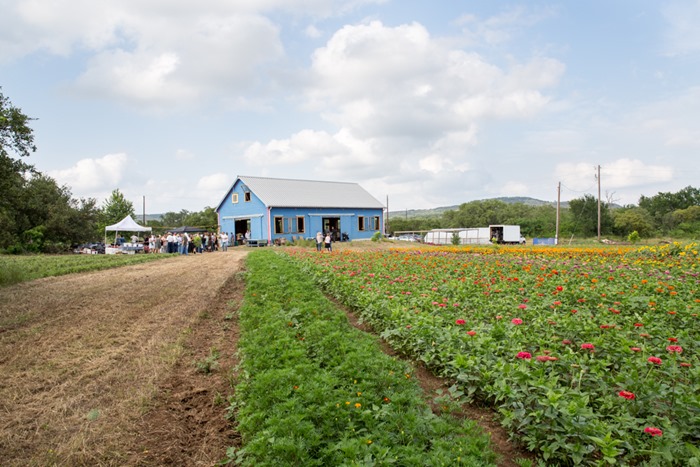
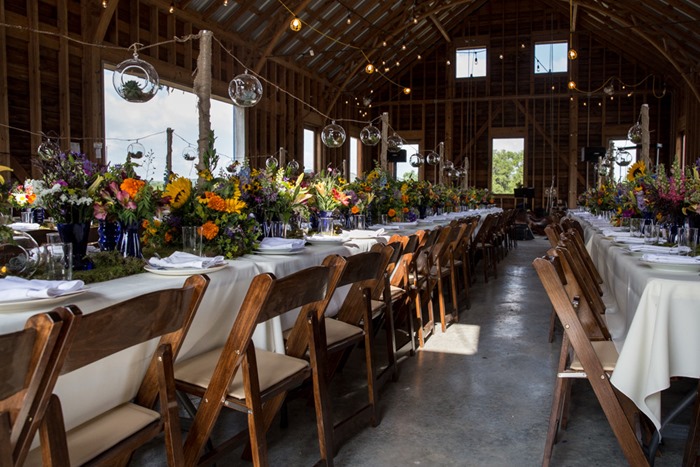
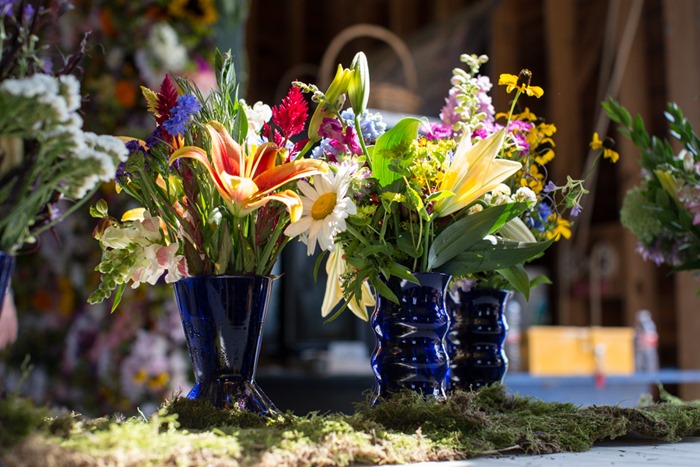
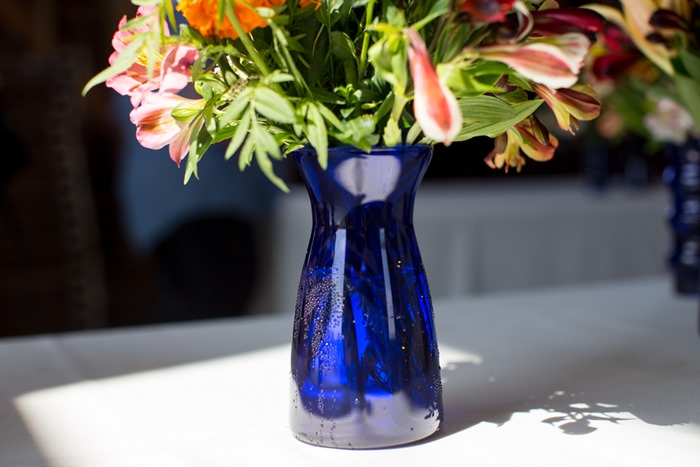
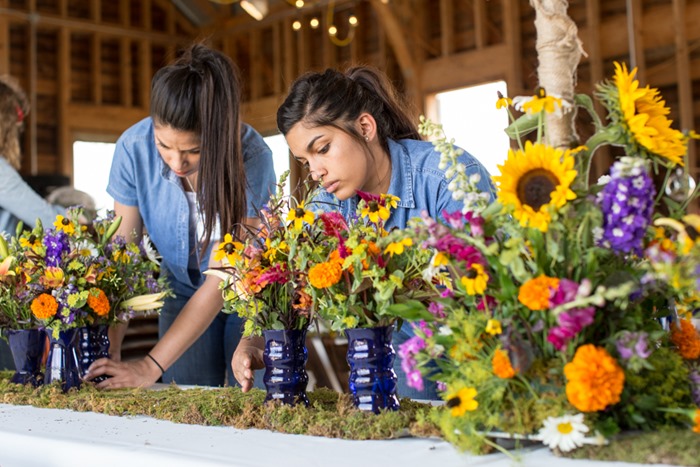
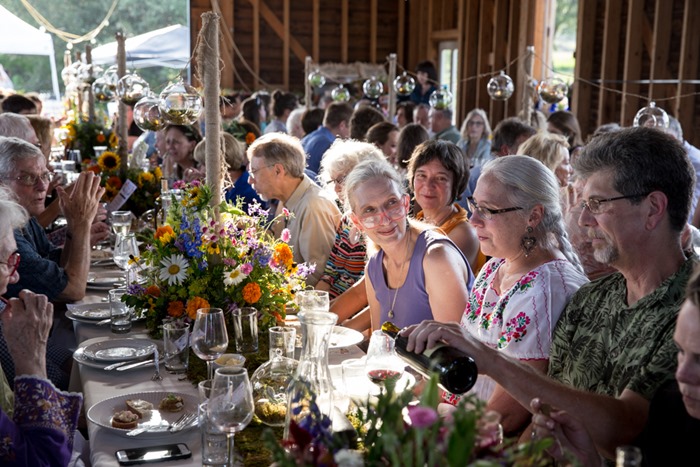
Comments: